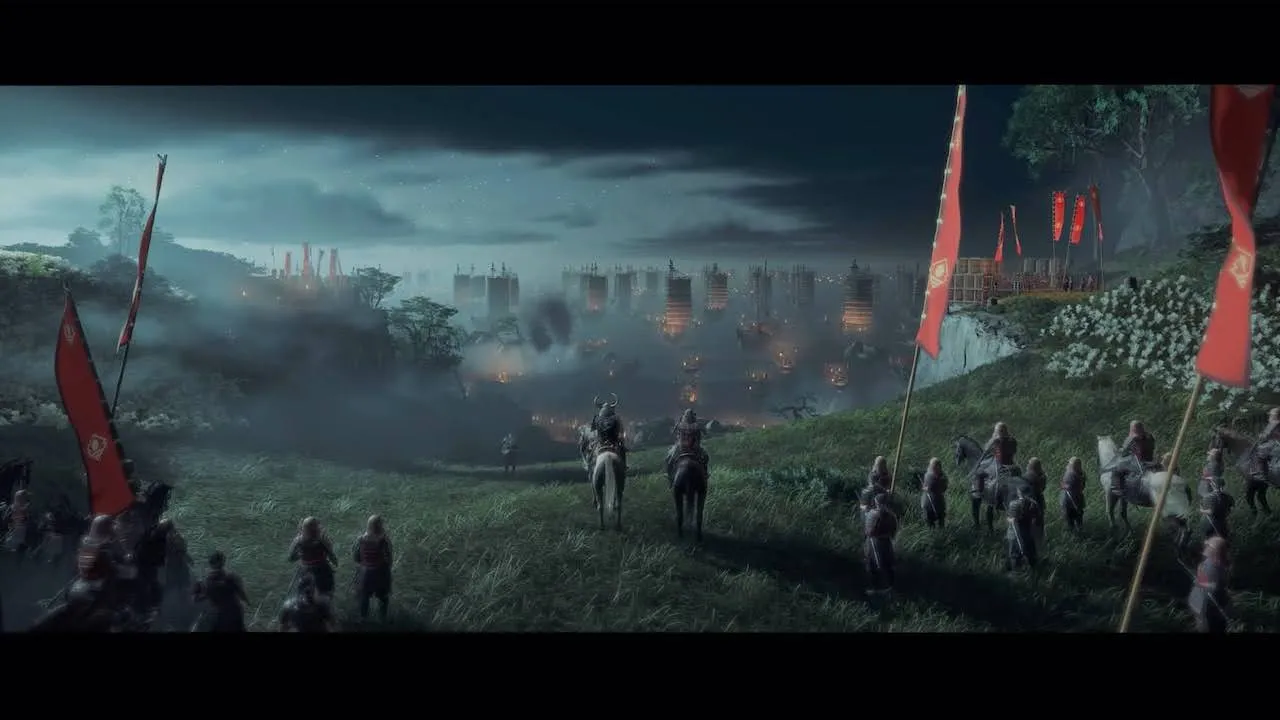
Ghost of Tsushima: A Samurai Epic Reforged
Contents
Jin Sakai, a lone samurai warrior, stands against the Mongol invasion of Tsushima Island. From the game’s breathtaking opening sequence, Ghost of Tsushima immerses players in a world of stunning beauty and brutal combat. This open-world action adventure, developed by Sucker Punch Productions, initially faced skepticism, but it ultimately delivered a captivating experience worthy of the PlayStation 4’s final chapter. Join us as we explore the world of feudal Japan and discover how Ghost of Tsushima won over hearts and minds.
A Rich and Engaging Open World
Open-world games often feature sprawling maps packed with repetitive quests and activities. While Ghost of Tsushima borrows elements from established franchises like Assassin’s Creed, it avoids the pitfalls of formulaic gameplay. Instead, it strikes a balance between exploration and narrative, crafting a world that feels both vast and purposeful.
 Ghost of Tsushima landscape
Ghost of Tsushima landscape
Tsushima Island is divided into three distinct regions, each offering a mix of bustling towns, imposing fortresses, and hidden locations. This diverse landscape is complemented by a compelling three-tiered quest system: Jin’s Journey, Tales of Tsushima, and Mythic Tales. Jin’s Journey focuses on the main storyline, with large-scale missions like castle sieges and prisoner rescues. Tales of Tsushima offers side quests from supporting NPCs, adding depth and nuance to the world. Finally, Mythic Tales tasks players with hunting down legendary weapons and armor, enhancing Jin’s combat prowess.
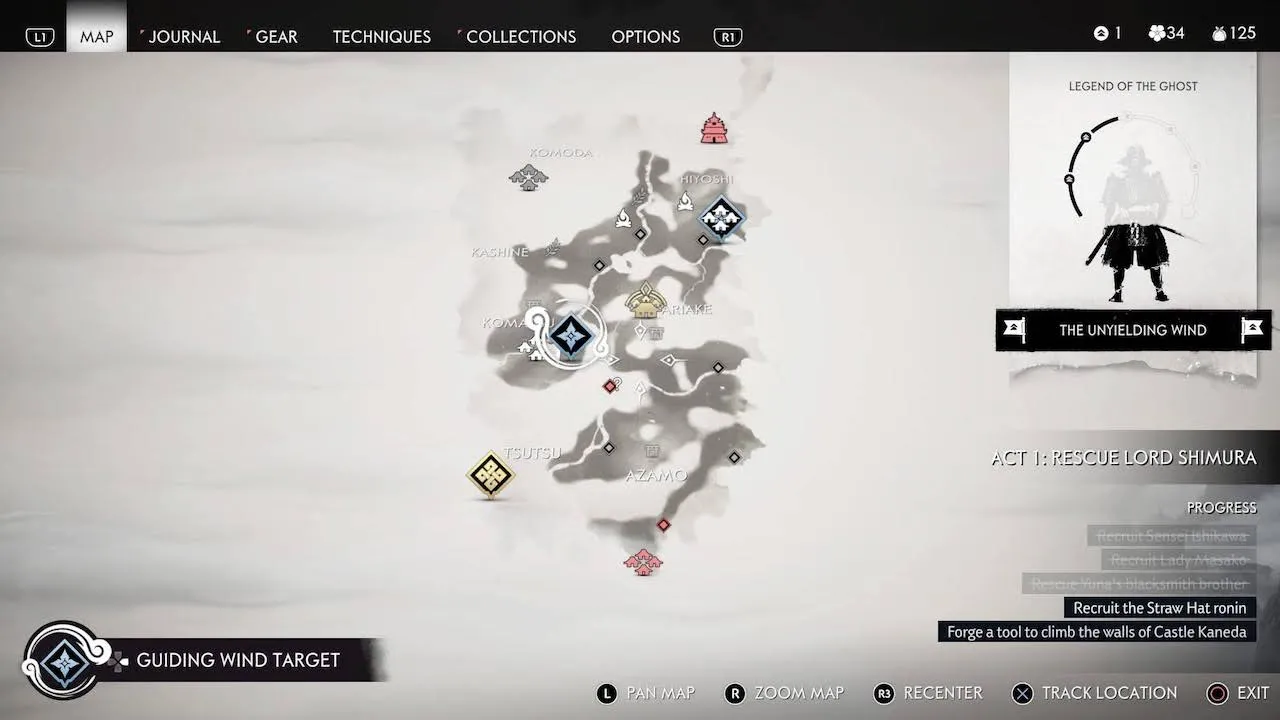 Ghost of Tsushima character
Ghost of Tsushima character
Unlike some open-world titles, Ghost of Tsushima cleverly interweaves these quest lines. Progressing through the main story often requires assistance from NPCs or specific gear acquired through side quests, encouraging exploration and character development. The game’s challenging combat, featuring swift enemies and demanding boss encounters, further emphasizes the importance of preparation and strategy. Stealth and cunning are often more effective than brute force, rewarding players who embrace the game’s tactical depth.
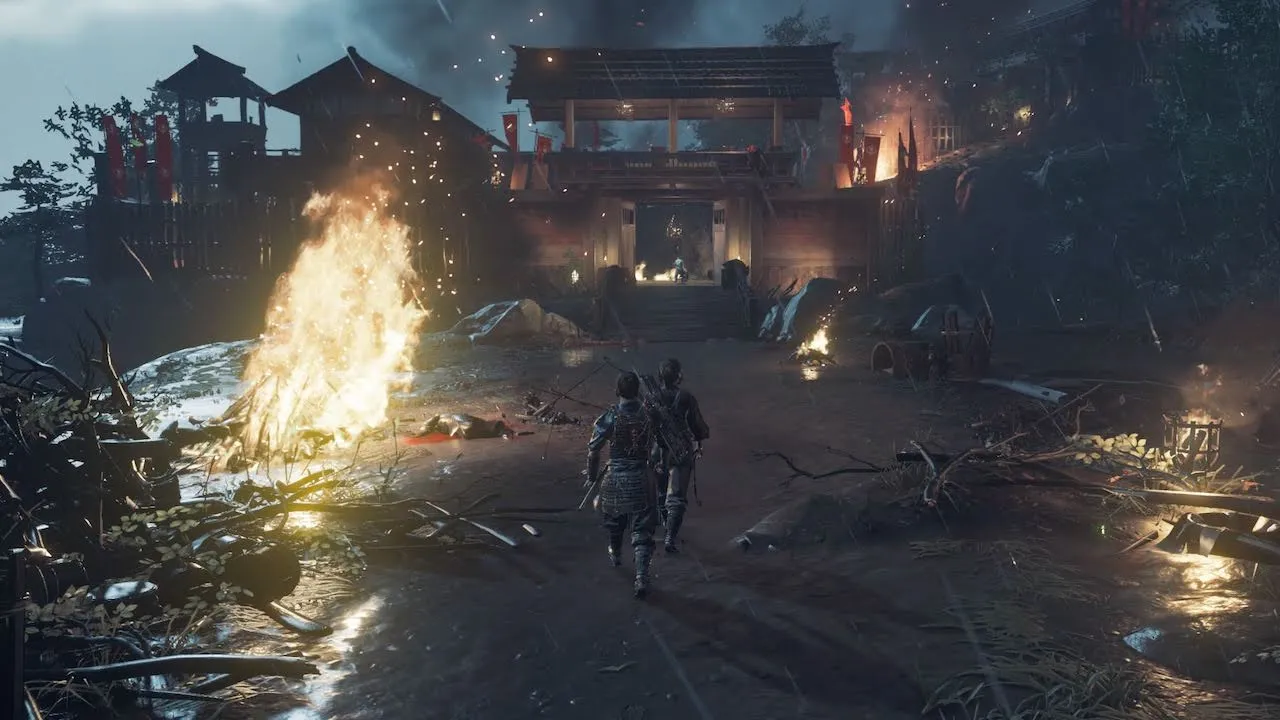 Ghost of Tsushima exploration
Ghost of Tsushima exploration
The Tales of Tsushima quests are far from generic filler. Each supporting character has a unique backstory and personality, revealed through richly crafted narratives. While not as morally complex as The Witcher 3, these stories offer a compelling glimpse into the lives of ordinary people caught in extraordinary circumstances. Mythic Tales introduce elements of folklore and exploration, tasking players with solving puzzles and uncovering hidden treasures.
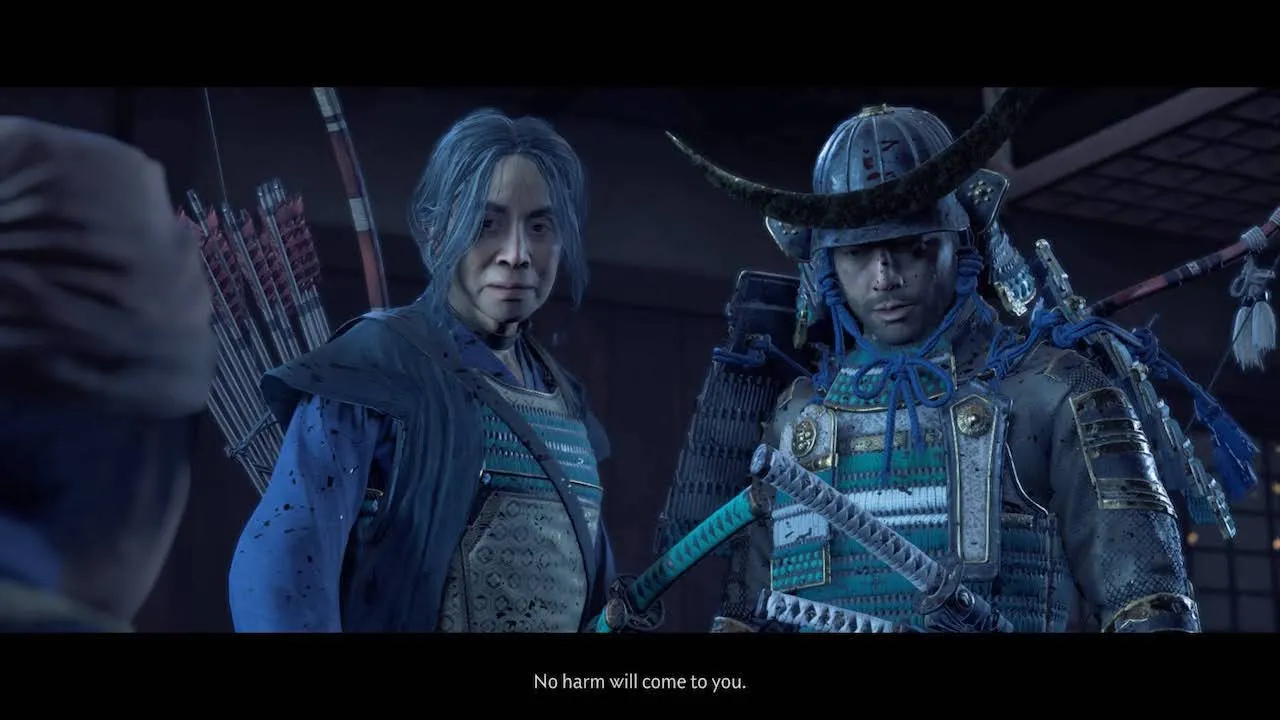 Ghost of Tsushima combat
Ghost of Tsushima combat
A Samurai’s Choice: Honor or Deception?
Ghost of Tsushima offers players a choice: embrace the honorable path of the samurai, facing enemies head-on, or become a “Ghost,” utilizing stealth and deception to achieve victory. This duality is reflected in the game’s combat system, which seamlessly blends traditional samurai swordplay with ninja-like assassination techniques.
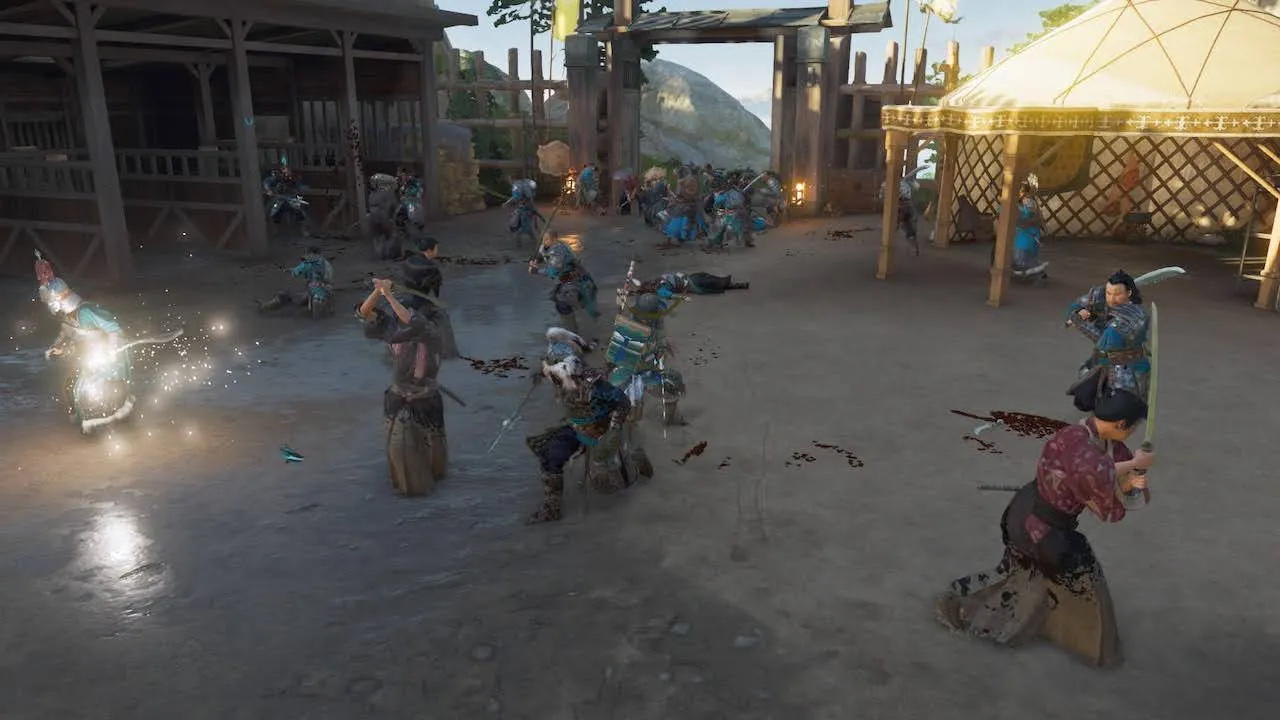 Ghost of Tsushima duel
Ghost of Tsushima duel
Samurai combat emphasizes parrying, dodging, and counter-attacking, reminiscent of Sekiro: Shadows Die Twice but with a more forgiving difficulty curve. Mastering these techniques allows for graceful and deadly duels, punctuated by swift strikes and precise movements. The Ghost approach, drawing inspiration from Assassin’s Creed, utilizes stealth, gadgets, and opportunistic takedowns. Players can hide in tall grass, leap from rooftops, or unleash devastating attacks from the shadows.
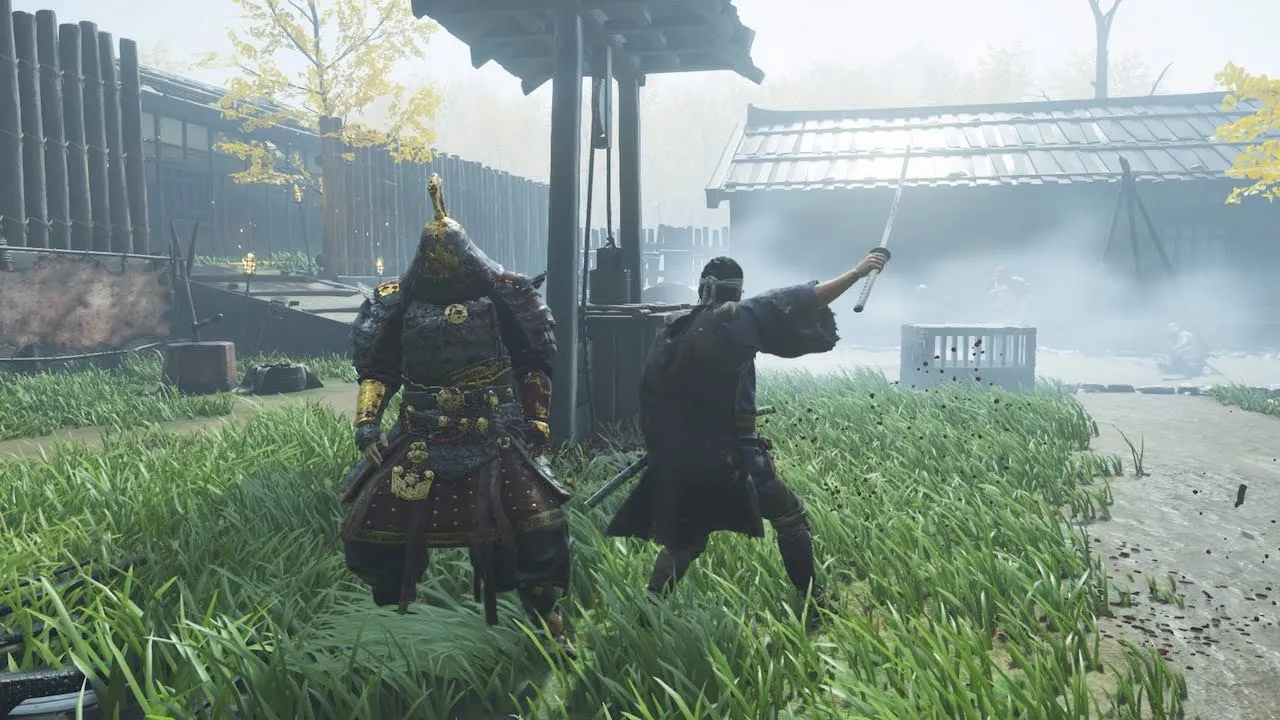 Ghost of Tsushima stealth
Ghost of Tsushima stealth
While both playstyles are viable, the Ghost approach is arguably more versatile, offering a wider range of tools and techniques. However, regardless of preferred playstyle, mastering the game’s Stance system is crucial. Similar to Nioh, each Stance counters a specific enemy type, adding another layer of tactical depth to combat. This system, combined with the parrying and dodging mechanics, transforms battles into elegant displays of swordsmanship.
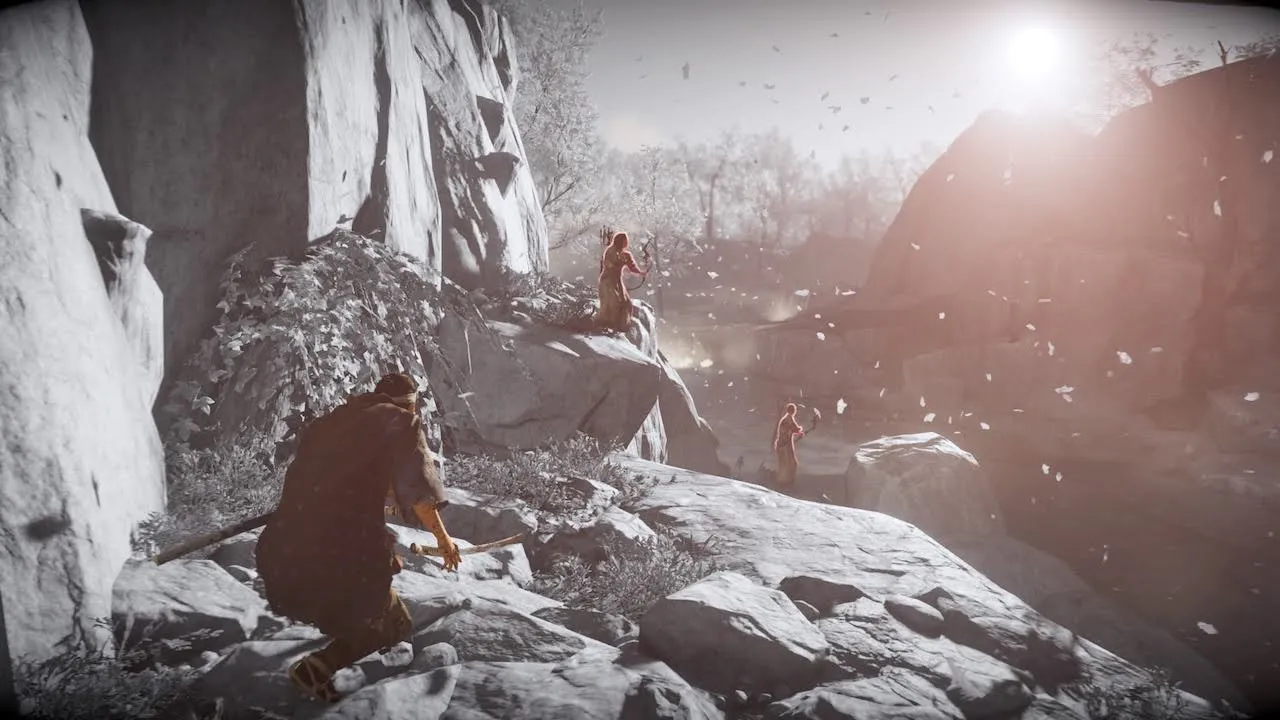 Ghost of Tsushima action
Ghost of Tsushima action
Adding further variety to the gameplay are unexpected encounters, such as tense standoffs reminiscent of classic Westerns and desperate chases to protect hostages. These dynamic events keep players on their toes, ensuring that every encounter feels unique and unpredictable.
A Breathtaking Vision of Feudal Japan
Ghost of Tsushima captivates with its stunning visuals and artistic direction. Unlike many war-themed games, it eschews the typical hues of destruction in favor of a vibrant and romantic aesthetic. Lush fields of white flowers, serene bamboo forests, and landscapes ablaze with autumn colors create a sense of tranquility that belies the brutal conflict at the heart of the story.
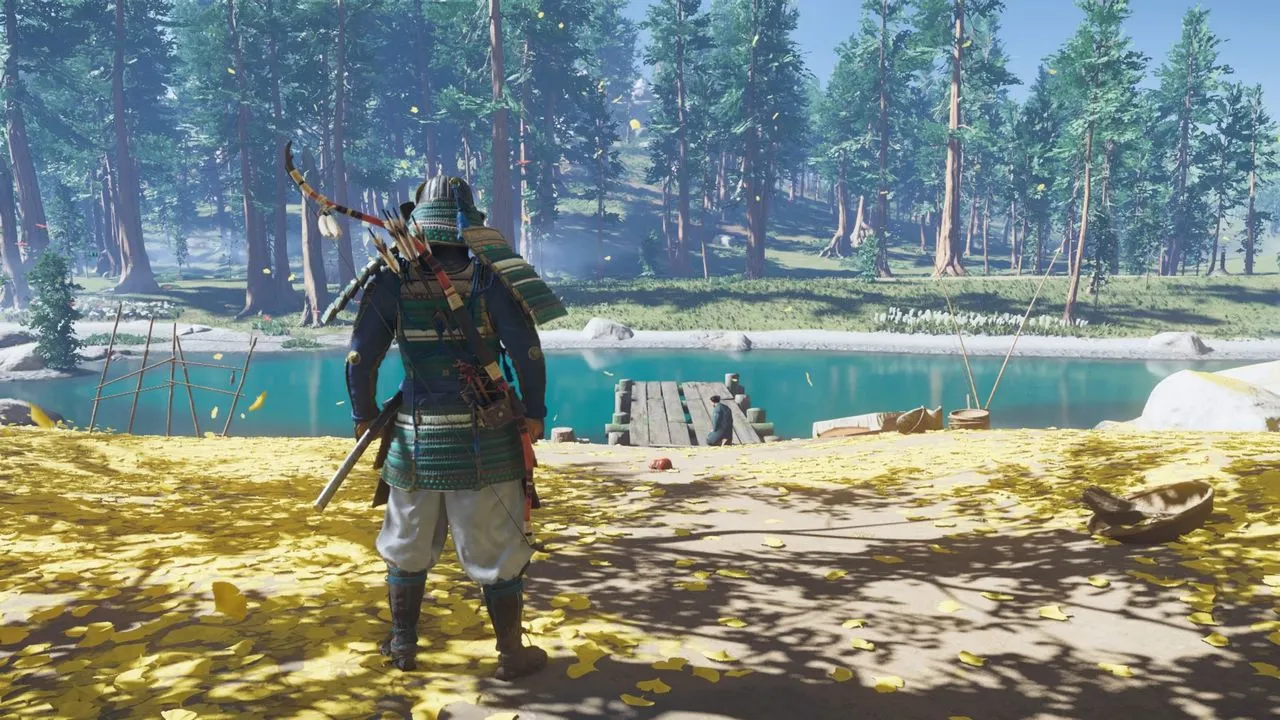 Ghost of Tsushima scenery
Ghost of Tsushima scenery
The game’s attention to detail extends to its depiction of traditional Japanese architecture, with meticulously crafted villages, temples, and hot springs. The day-night cycle adds another layer of beauty, casting long shadows and illuminating the landscape with the soft glow of lanterns and moonbeams. Perhaps the most striking visual element is the wind, which constantly sweeps across the environment, carrying leaves, petals, and smoke, adding a sense of life and dynamism to the world.
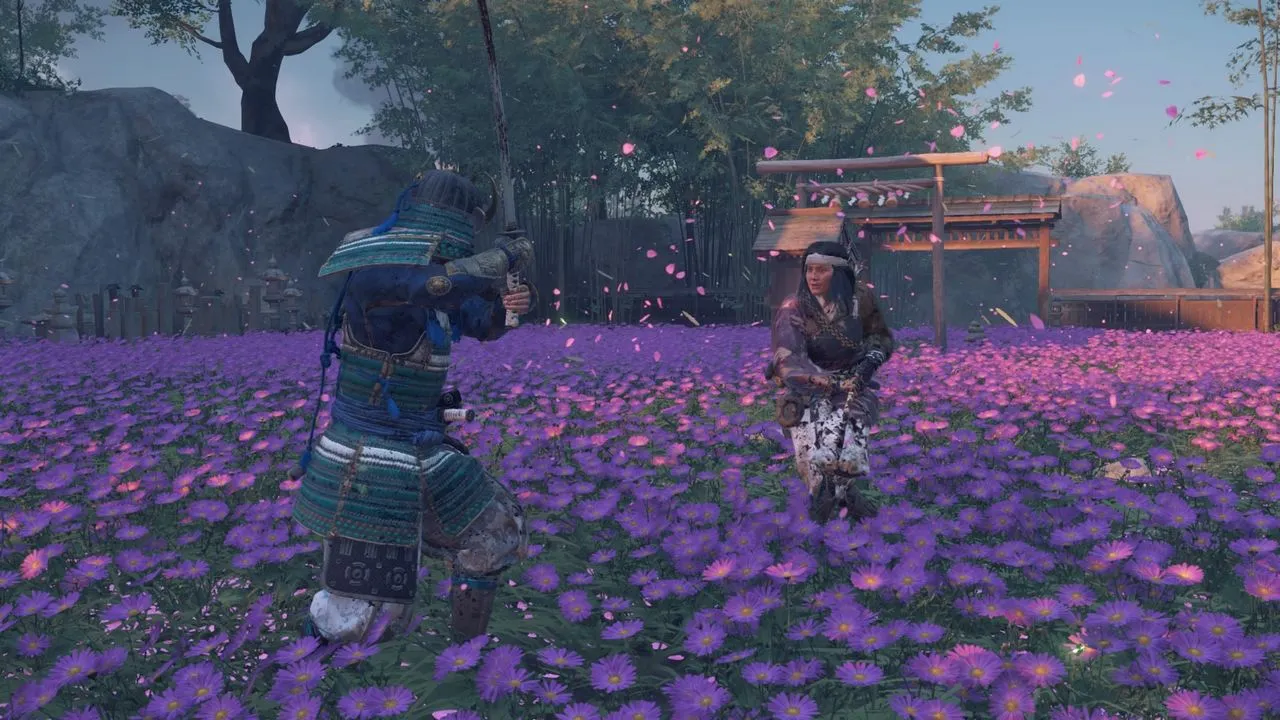 Ghost of Tsushima environment
Ghost of Tsushima environment
The wind also serves a practical purpose, acting as a natural guide for players. A simple swipe of the touchpad summons a gust of wind to point the way, replacing the more intrusive navigational aids found in other open-world titles. This elegant solution perfectly embodies the game’s blend of beauty and functionality. Ghost of Tsushima is a visual masterpiece, offering a captivating and memorable journey through feudal Japan. Its Photo Mode is a must-use feature, allowing players to capture and share the beauty of this meticulously crafted world.
Conclusion
Ghost of Tsushima rises above the typical open-world formula, delivering a compelling narrative, engaging gameplay, and breathtaking visuals. Its unique blend of samurai action, stealth mechanics, and exploration creates a truly memorable experience. While drawing inspiration from other established franchises, it carves its own identity, solidifying its place as a must-play title for PlayStation 4 owners and a stunning testament to the power of artful game design.





Comments (0)